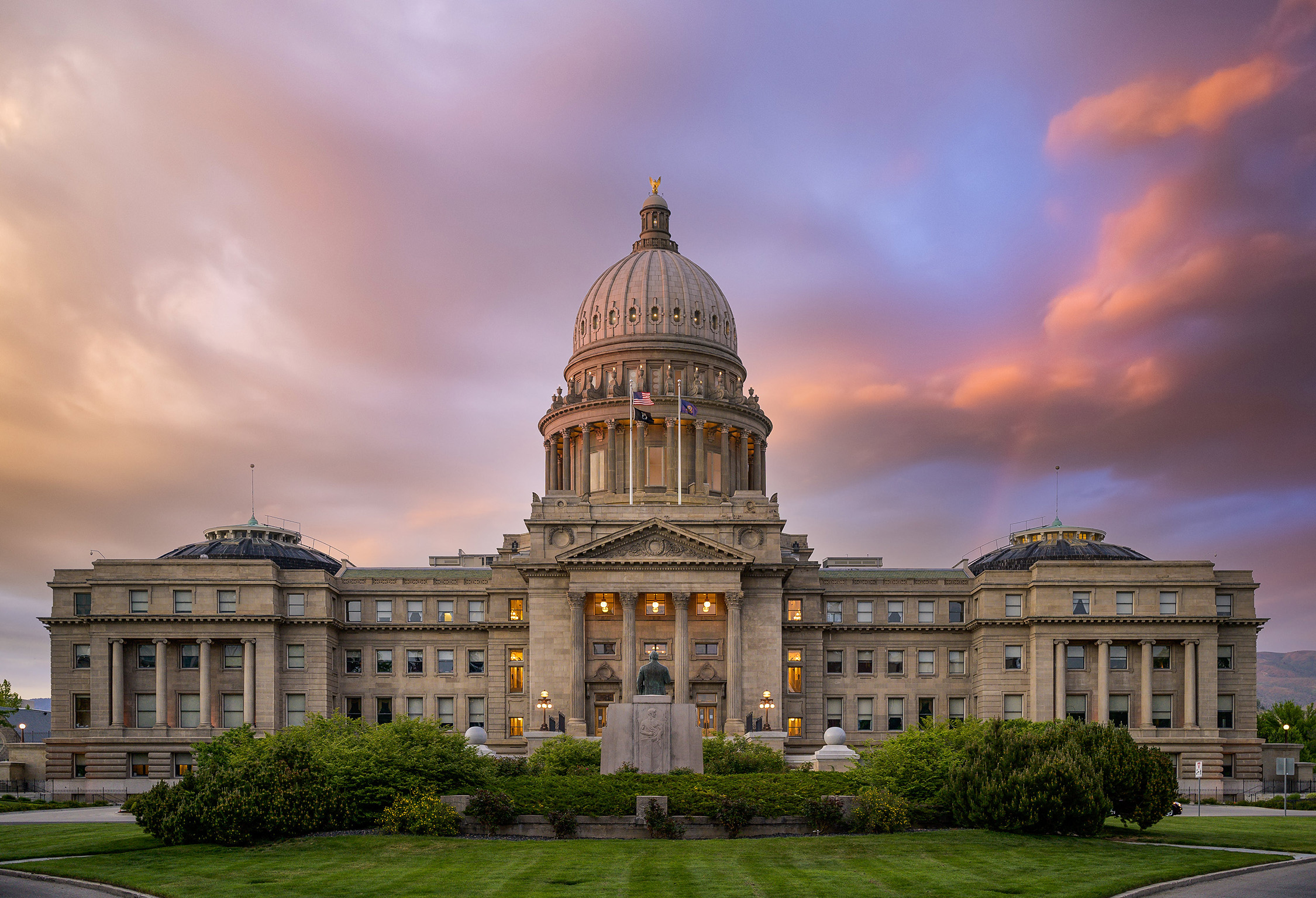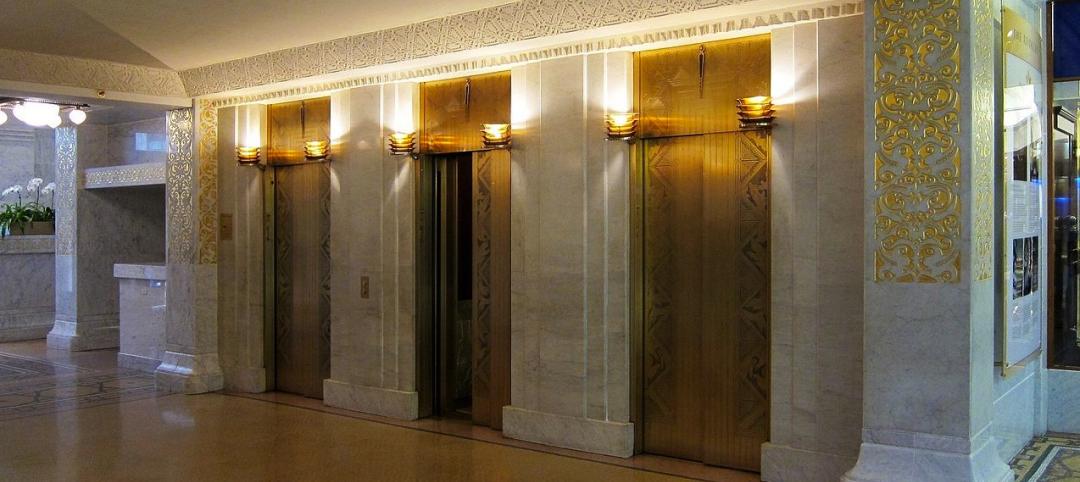People move for many reasons—job prospects, housing market challenges—both in and out of the state they originate from. While there's no predicting what makes an individual migrate, country-wide data may show us emerging patterns.
In the StorageCafe analysis of the latest migration trends, each U.S. state was looked at to see the moving patterns of people. The analysis determined the number of net newcomers (those moving to a state minus those leaving) per 1,000 residents. Additionally, StorageCafe considered several indicators as to why Americans are moving to new regions.
Top 10 U.S. States People are Moving to
Here are the states and their representations of net migration per 1,000 residents. Below are the top 10 states that people are moving to.
1. Idaho
25 newcomers per 1,000 residents
Average rent: $1,595 | Median home value: $366,120
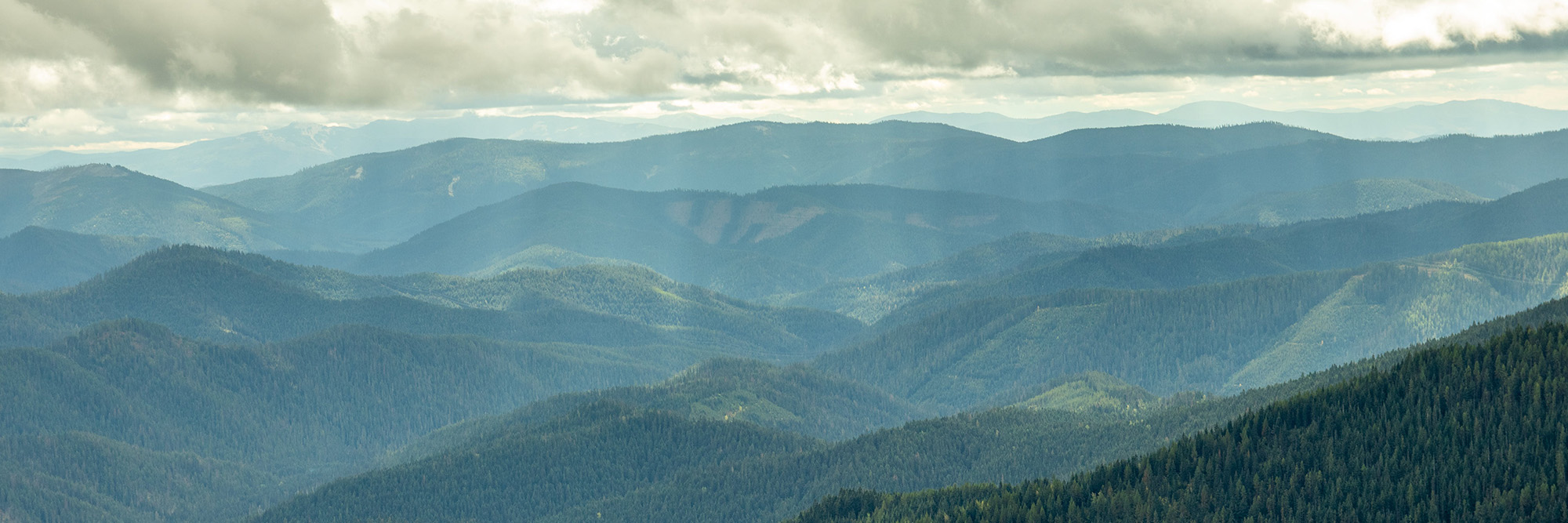
Known for its stunning landscapes, Idaho is a mountainous state with famous attractions like Shoshone Falls and the picturesque Sun Valley. Agriculture, particularly potatoes, plays a significant role in the state's economy.
At the top of StorageCafe's list, Idaho draws people in with its relatively low cost of living, outdoor recreational activities, and a growing tech sector—making it an attractive destination for those seeking a balance between career and lifestyle.
2. Vermont
24 newcomers per 1,000 residents
Average rent: $1,903 | Median home value: $270,708

Renowned for its charming small towns and vibrant fall foliage, Vermont is a New England gem. It embraces a strong sense of community, offers excellent skiing in places like Stowe, and boasts a reputation for producing high-quality maple syrup.
Ranked second for states people are moving to, Vermont attracts individuals looking for a picturesque setting, a strong sense of community, and opportunities in industries such as agriculture, tourism, and artisanal crafts.
3. Montana
18 newcomers per 1,000 residents
Average rent: $1,578 | Median home value: $319,228
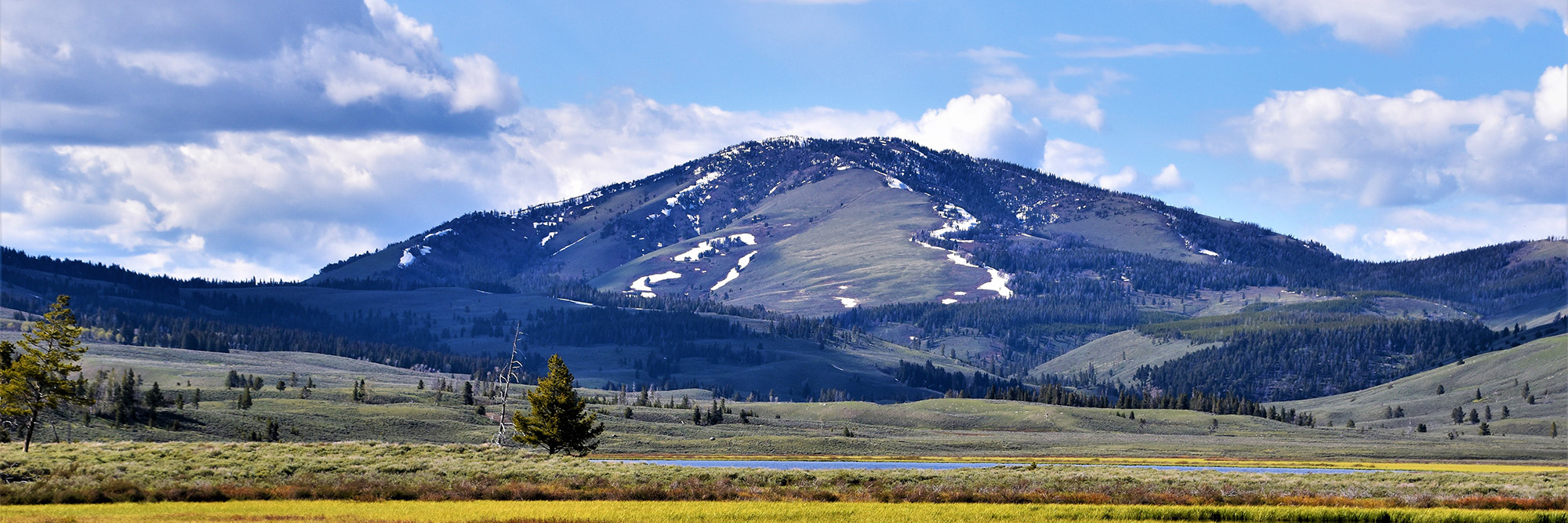
Big Sky Country, as Montana is often called, is celebrated for its expansive wilderness, including Glacier National Park. With a rich cowboy heritage, the state offers outdoor enthusiasts opportunities for hiking, fishing, and exploring the untamed beauty of the American West.
Montana's appeal lies in its wide-open spaces, outdoor adventures, and a growing economy—making it stand out as the third state people are migrating to. Job opportunities in sectors like tourism, energy, and healthcare make it appealing for those seeking a more rugged and independent lifestyle.
4. South Carolina
15 newcomers per 1,000 residents
Average rent: $1,567 | Median home value: $208,903
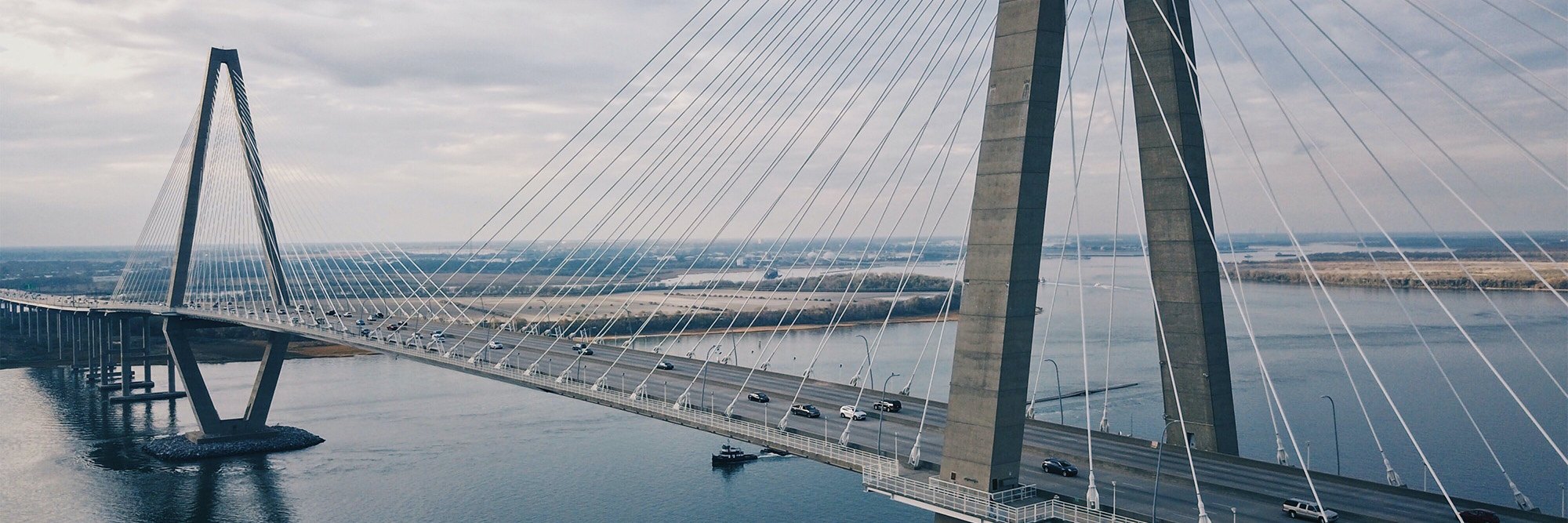
Steeped in history, South Carolina is known for its antebellum architecture in cities like Charleston and its beautiful coastal areas, including Myrtle Beach. The state hosts the renowned Masters golf tournament and embraces a vibrant culture influenced by Gullah traditions.
In number four, the warm climate, diverse job market, and a lower cost of living make South Carolina an alluring destination. From manufacturing to technology, the state offers economic opportunities while retaining its historic charm.
5. Maine
15 newcomers per 1,000 residents
Average rent: $1,852 | Median home value: $251,469
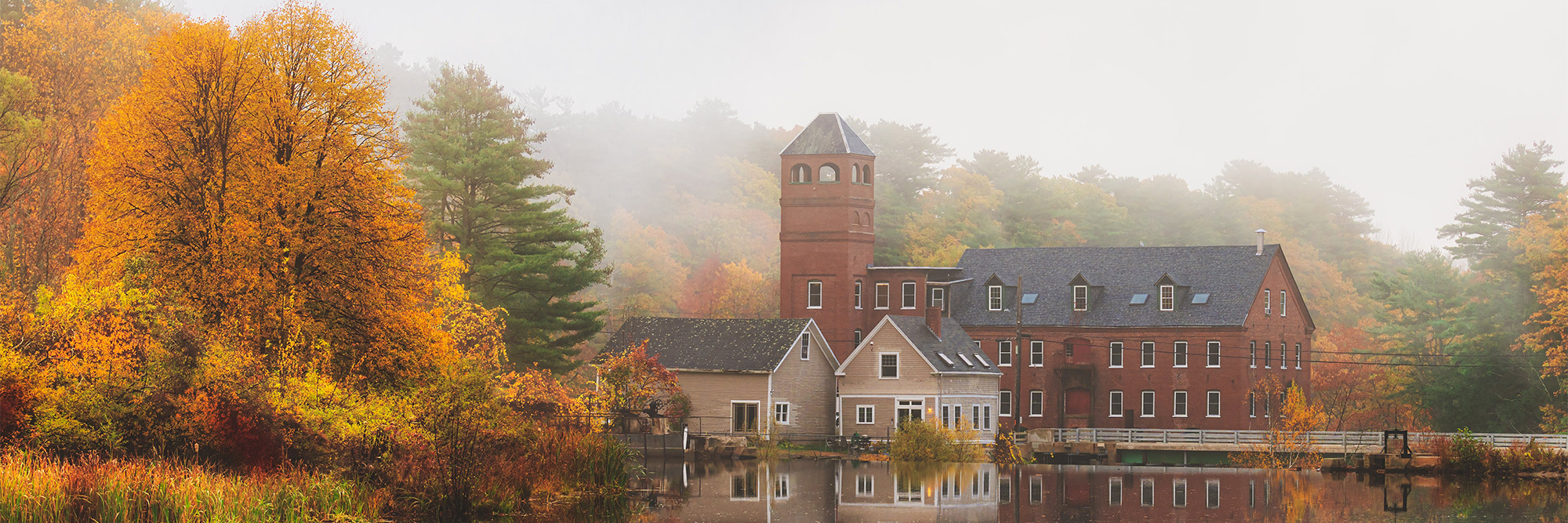
Known for its rugged coastline, lighthouses, and lobster fisheries, Maine is a haven for outdoor enthusiasts. Acadia National Park showcases the state's natural beauty, while Portland combines a thriving food scene with historic charm.
Sitting in the fifth spot on the list, individuals often move to Maine for its natural beauty, outdoor lifestyle, and thriving arts scene. Tourism, fishing, and the healthcare industry contribute to the state's economy, attracting those who value a slower pace of life.
6. Nevada
14 newcomers per 1,000 residents
Average rent: $1,512 | Median home value: $371,642
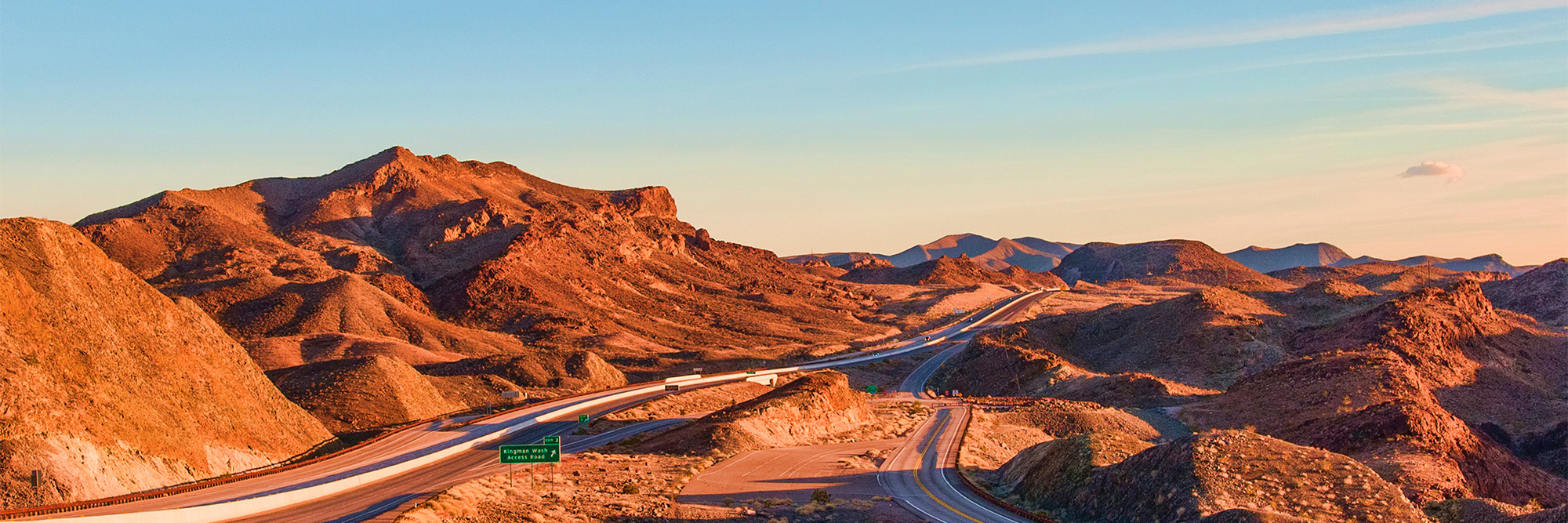
Home to the iconic Las Vegas Strip, Nevada is synonymous with entertainment and casinos. Beyond the bright lights of Vegas, the state offers diverse landscapes, including Red Rock Canyon and the vast desolation of the Great Basin.
Nevada attracts residents with no state income tax, a growing job market, and a robust entertainment industry. The state's booming tech sector and diverse landscapes further contribute to its appeal, leaving Nevada at the sixth spot.
7. Arizona
12 newcomers per 1,000 residents
Average rent: $1,611 | Median home value: $330,065
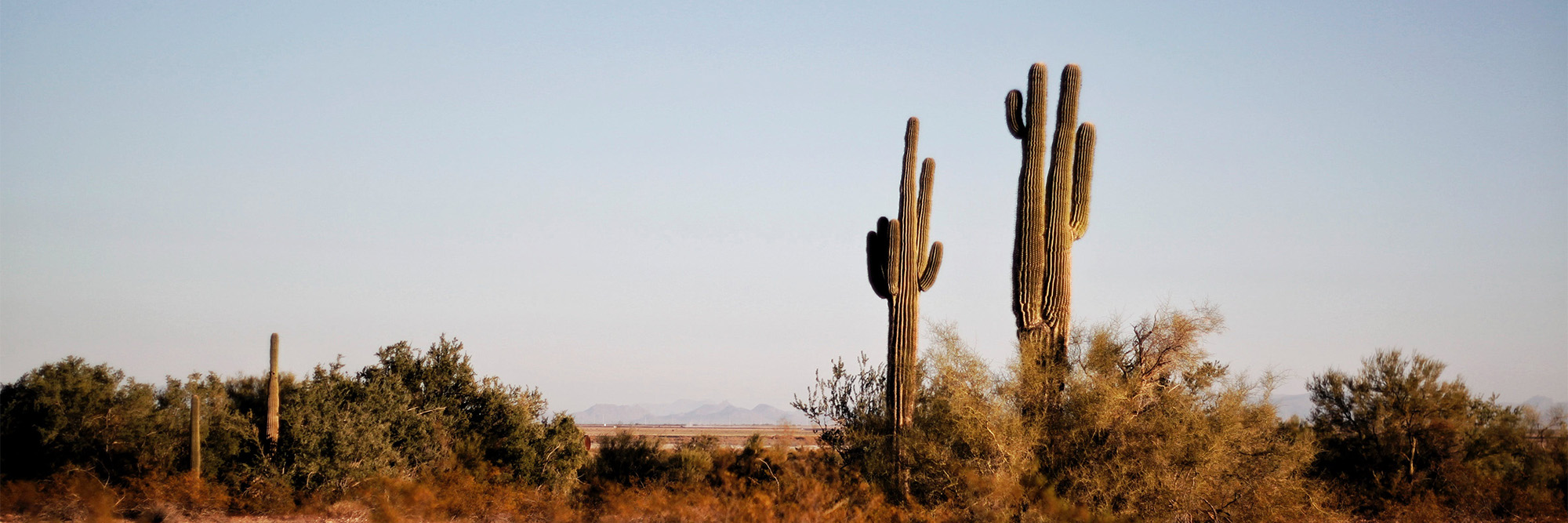
Famous for the Grand Canyon, Arizona's landscapes range from the saguaro cactus-filled deserts to the ponderosa pine forests of Flagstaff. Phoenix, the state capital, is a hub of culture, while Sedona is renowned for its red rock formations and spiritual atmosphere.
Arizona's strong job market, particularly in healthcare, technology, and aerospace, coupled with its sunny climate and diverse recreational opportunities, make it a go-to destination for people seeking both career advancement and a warm, outdoor-centric lifestyle.
8. North Dakota
12 newcomers per 1,000 residents
Average rent: $1,044 | Median home value: $219,939
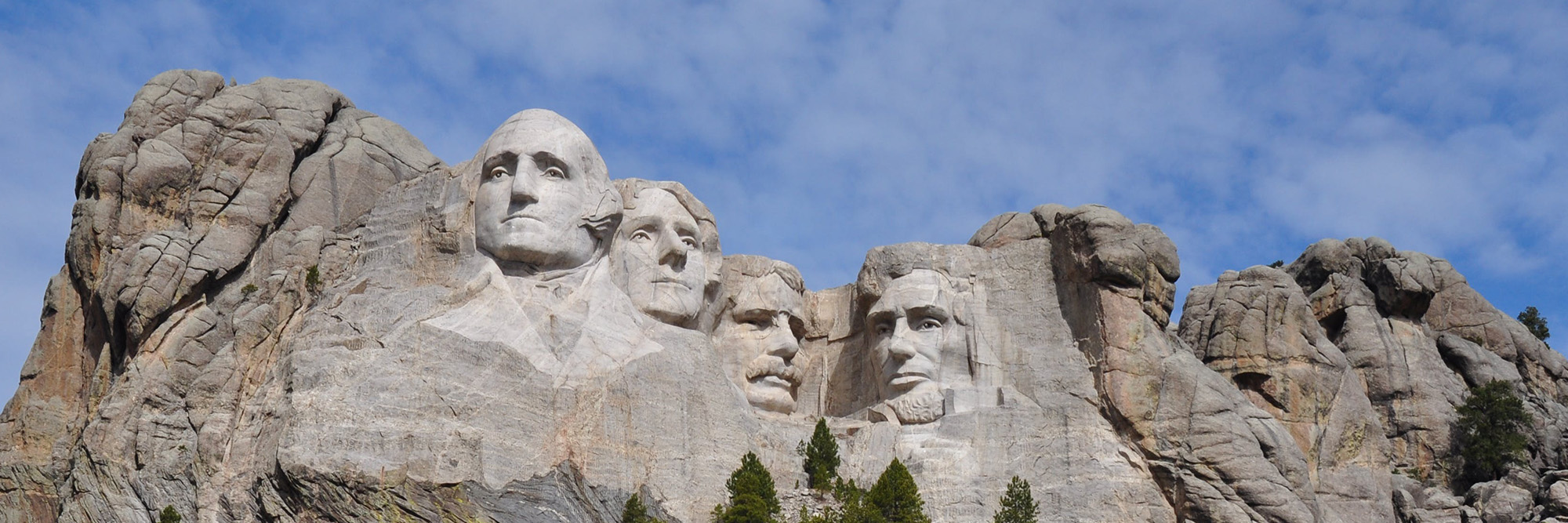
Known for its vast prairies and agricultural production, North Dakota offers a quieter, more rural way of life. Theodore Roosevelt National Park preserves the rugged badlands and honors the conservation legacy of the former president.
Industries in energy, agriculture, and healthcare draw people to North Dakota, which sits at the eighth spot. For some, the reasonable cost of living, strong sense of community, and expansive landscapes draw them to stay.
9. Tennessee
9.9 newcomers per 1,000 residents
Average rent: $1,482 | Median home value: $232,630
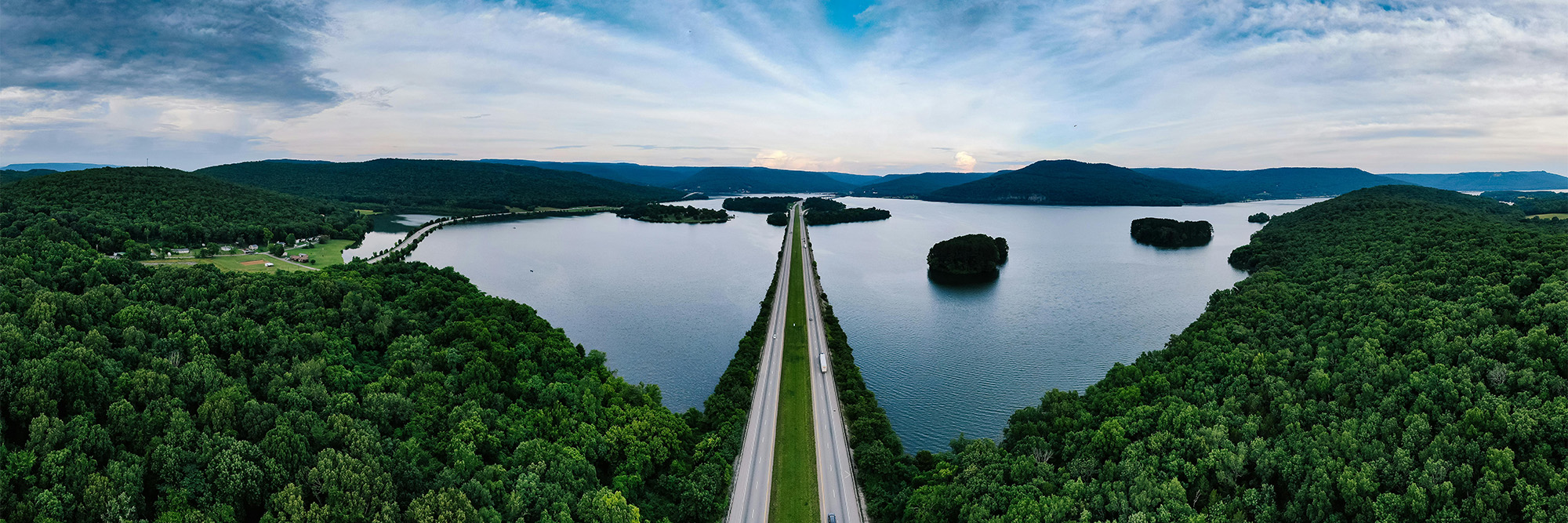
Steeped in musical history, Tennessee is the birthplace of blues in Memphis and country music in Nashville. The Great Smoky Mountains National Park provides a stunning backdrop for outdoor activities, and the state's rich cultural heritage is reflected in its diverse cuisine and vibrant arts scene.
In number nine, Tennessee's affordable living, vibrant cultural scene, and a growing job market in industries like healthcare, music, and technology make it a popular choice for those seeking a mix of career opportunities and a rich cultural experience.
10. Oklahoma
9.6 newcomers per 1,000 residents
Average rent: $979 | Median home value: $167,039

Combining Native American heritage with the spirit of the Old West, Oklahoma features the vibrant city life of Tulsa and the cowboy culture of places like the National Cowboy & Western Heritage Museum in Oklahoma City. The state is also known for its unpredictable weather and the musical legacy of the historic Route 66.
With its low cost of living, diverse economy, and central location, Oklahoma attracts people looking for job opportunities and a welcoming environment in both urban and rural settings.
To read the full StorageCafe analysis, visit storagecafe.com
Related Stories
Multifamily Housing | Sep 15, 2017
Hurricane Harvey damaged fewer apartments in greater Houston than estimated
As of Sept. 14, 166 properties reported damage to 8,956 units, about 1.4% of the total supply of apartments, according to ApartmentData.com.
High-rise Construction | Sep 8, 2017
CTBUH determines fastest elevators and longest runs in the world in new TBIN Study
When it comes to the tallest skyscrapers in the world, the vertical commute in the building becomes just as important as the horizontal commute through the city.
Multifamily Housing | Sep 5, 2017
Free WiFi, meeting rooms most popular business services amenities in multifamily developments
Complimentary, building-wide WiFi is more or less a given for marketing purposes in the multifamily arena.
Market Data | Sep 5, 2017
Nonresidential construction declines again, public and private sector down in July
Weakness in spending was widespread.
Market Data | Aug 29, 2017
Hidden opportunities emerge from construction industry challenges
JLL’s latest construction report shows stability ahead with tech and innovation leading the way.
Architects | Aug 21, 2017
AIA: Architectural salaries exceed gains in the broader economy
AIA’s latest compensation report finds average compensation for staff positions up 2.8% from early 2015.
Market Data | Aug 17, 2017
Marcum Commercial Construction Index reports second quarter spending increase in commercial and office construction
Spending in all 12 of the remaining nonresidential construction subsectors retreated on both an annualized and monthly basis.
Industry Research | Aug 11, 2017
NCARB releases latest data on architectural education, licensure, and diversity
On average, becoming an architect takes 12.5 years—from the time a student enrolls in school to the moment they receive a license.
Market Data | Aug 4, 2017
U.S. grand total construction starts growth projection revised slightly downward
ConstructConnect’s quarterly report shows courthouses and sports stadiums to end 2017 with a flourish.
Market Data | Aug 2, 2017
Nonresidential Construction Spending falls in June, driven by public sector
June’s weak construction spending report can be largely attributed to the public sector.



